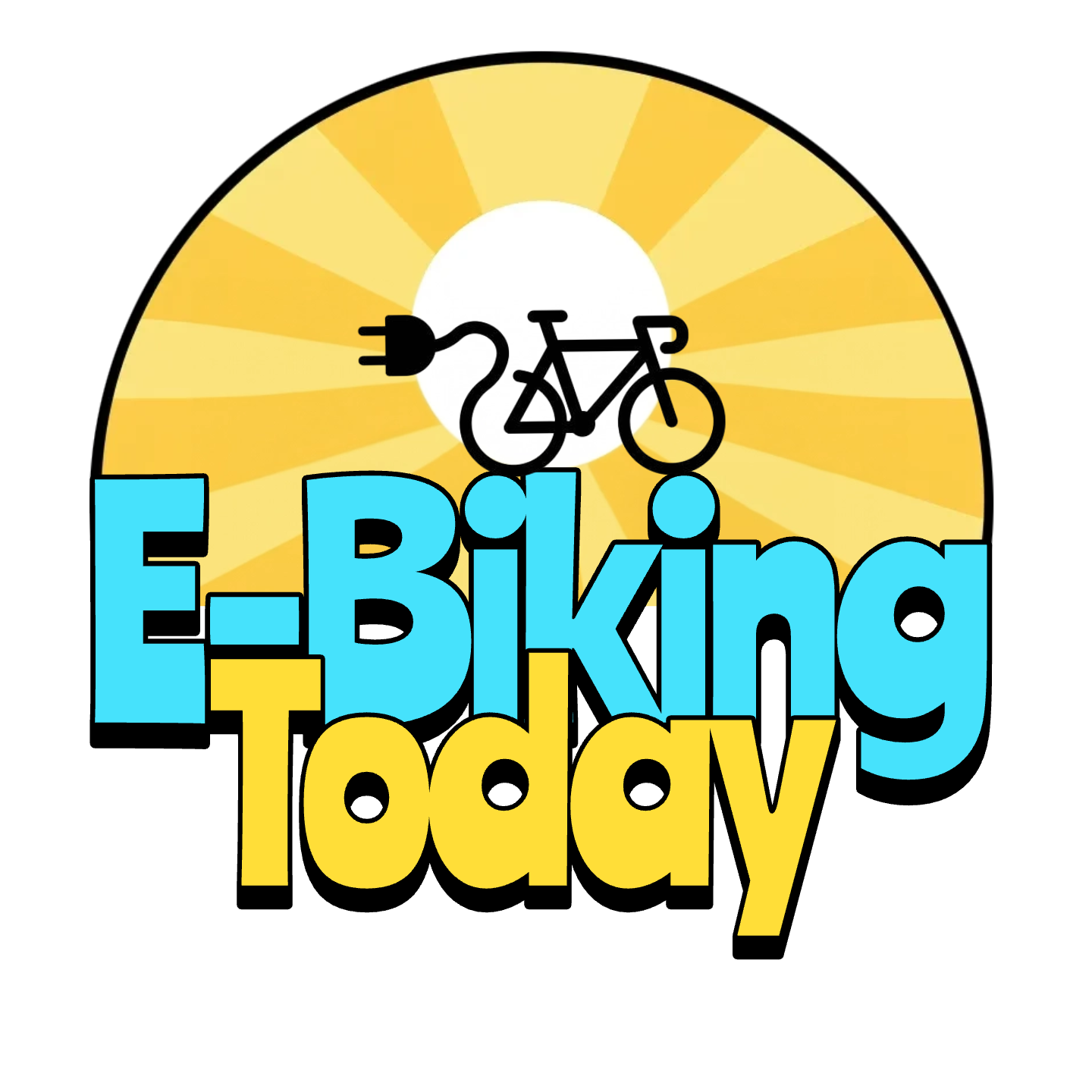Buying your first e-bike should feel exciting. But let’s be honest — it can also feel overwhelming. Specs, brand hype, motor types, and battery claims can turn shopping into a confusing maze.
Over the years, I’ve seen plenty of first-time riders (especially older adults or those new to cycling) end up with bikes that were too heavy, too fast, or just plain uncomfortable. That frustration often keeps them from riding altogether.
So, let’s break down the five most important things you need to know before you click “Buy Now.” Whether you’re browsing online or visiting a local shop, these tips will help you choose your first e-bike wisely and avoid the beginner traps that cause regret instead of joy.
1. Start With How You’ll Ride
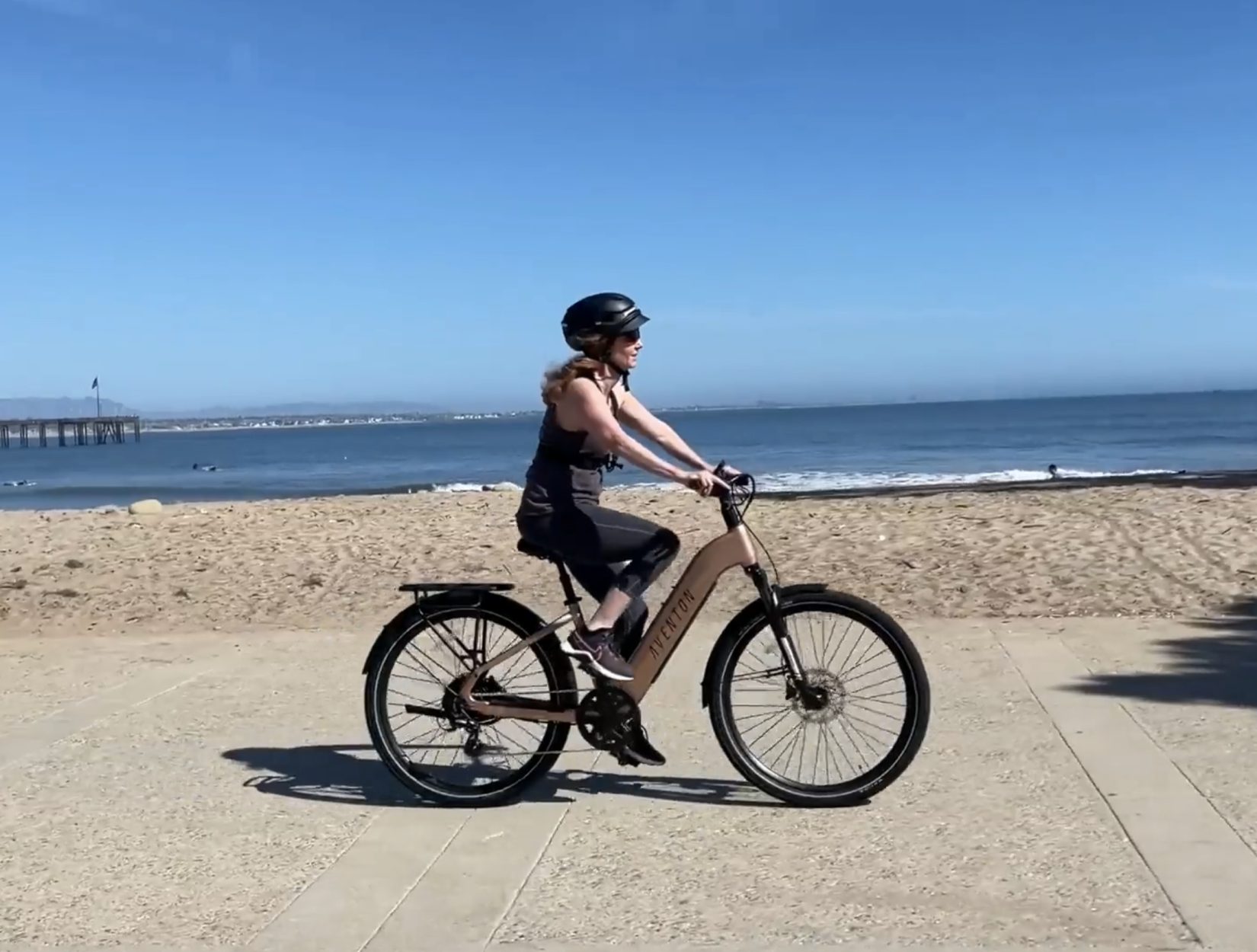
Before you even look at motor specs or battery size, ask yourself one question: How do I want to ride this bike?
- Smooth bike paths or neighborhood cruising? A comfortable cruiser or city-style e-bike may be all you need.
- Hills, heavier loads, or grocery runs? Consider a more powerful commuter or even a cargo-style bike.
Thinking long-term helps, too. Will you want to ride farther as you gain confidence? Will your terrain change with seasons or travel? A little clarity now narrows your choices fast and helps you avoid outgrowing your bike.
2. Understand Motor Types
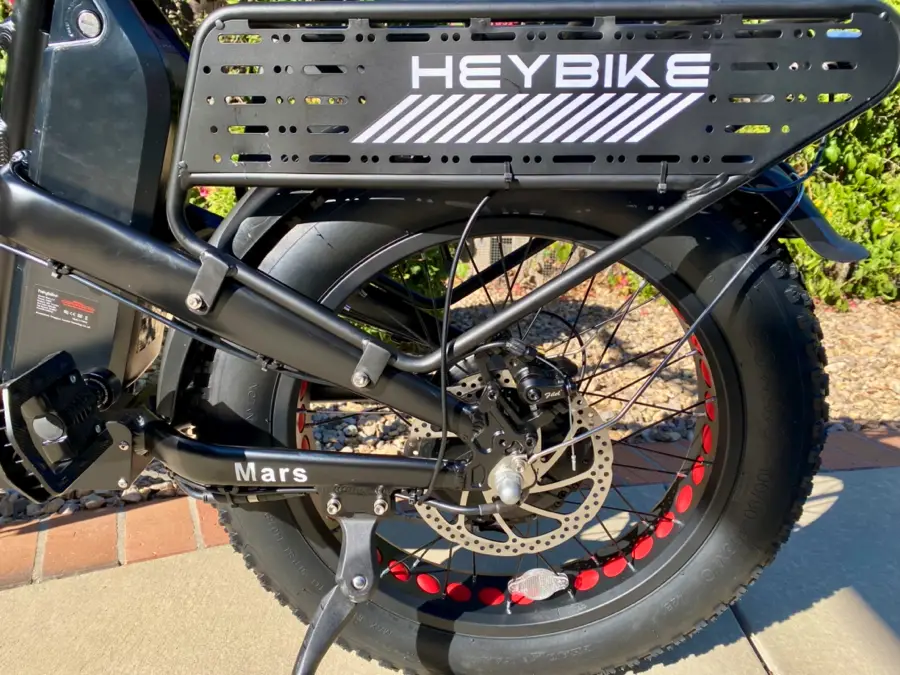
This is where many new buyers get tripped up. You’ll hear about hub-drive and mid-drive motors — but why do they matter?
- Hub-drive motors: Mounted in the wheel, they give you that classic push feeling. Usually more affordable and great for casual rides or flat terrain.
- Mid-drive motors: Located near the pedals, they work with your gears for a more natural ride. Better for hills and riders who want a true “bike-like” feel.
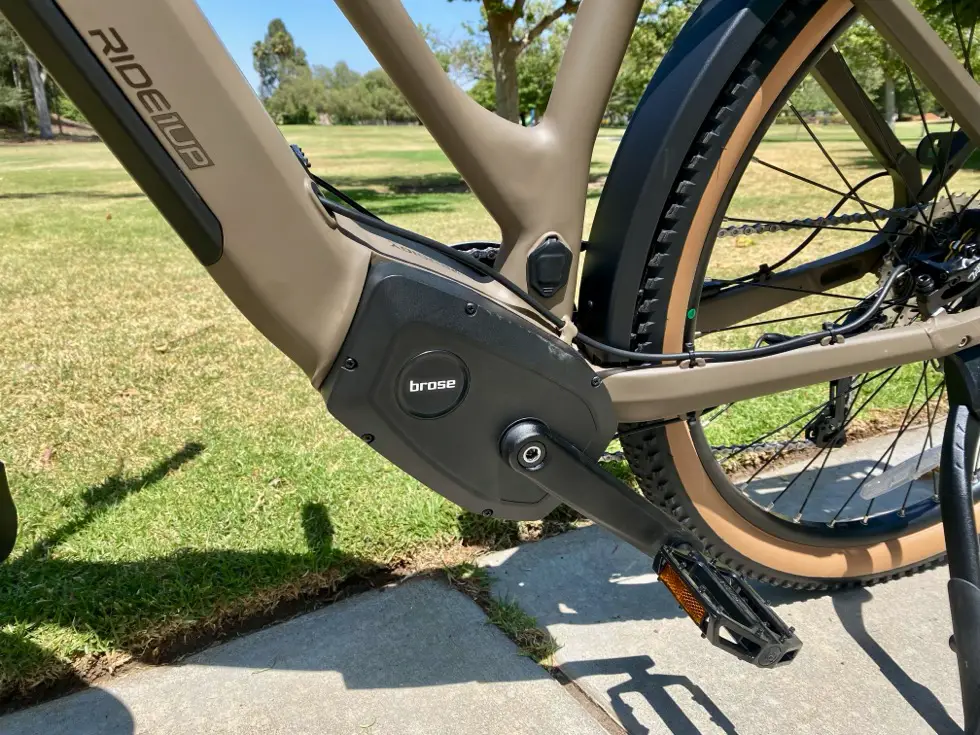
Also note the sensor type. Cadence (speed) sensors provide power as soon as you move the pedals. Torque sensors adjust power based on how hard you pedal, which feels smoother and more intuitive (often found on higher-end models).
Who it’s best for: Hub drives suit casual riders on flat ground. Mid drives and torque sensors are worth it if you want smoother climbing and more control.
3. Pay Attention to Battery and Range
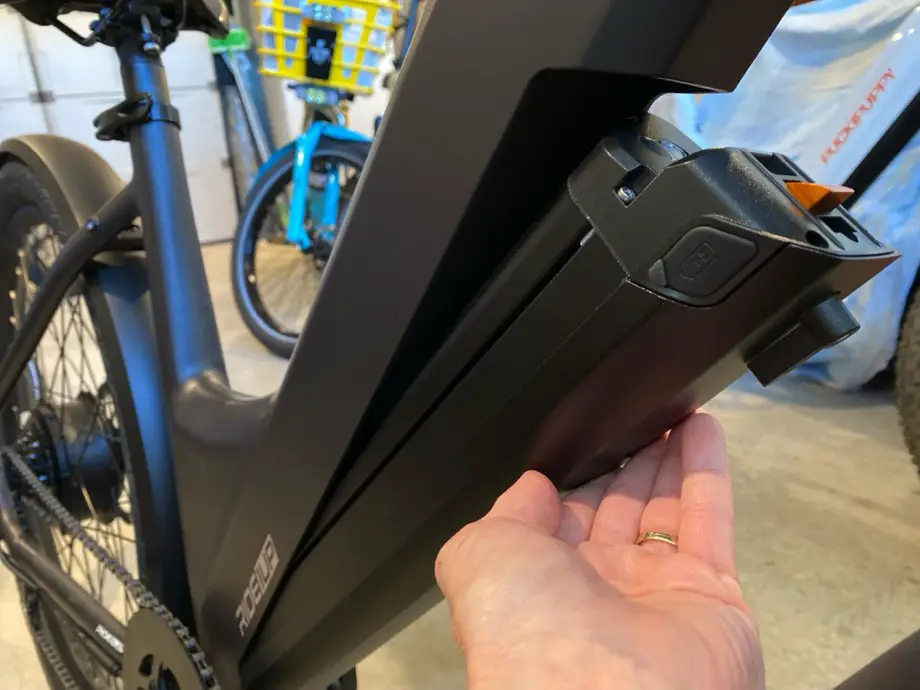
If your e-bike can’t get you where you want to go, it’s not doing its job.
Battery capacity is measured in watt-hours (Wh). Higher Wh can mean more range, but real-world mileage depends on rider weight, terrain, wind, temperature, and how much assist or throttle you use.
- Look for an easy-to-remove battery so you can charge it at home or the office.
- Plan for your actual routes, not best-case marketing claims.
Standout tip: If your daily loop is 20 miles with hills, choose a battery and setup that handles that with a comfortable buffer, not just on paper but in your conditions.
4. Fit and Comfort Matter Most
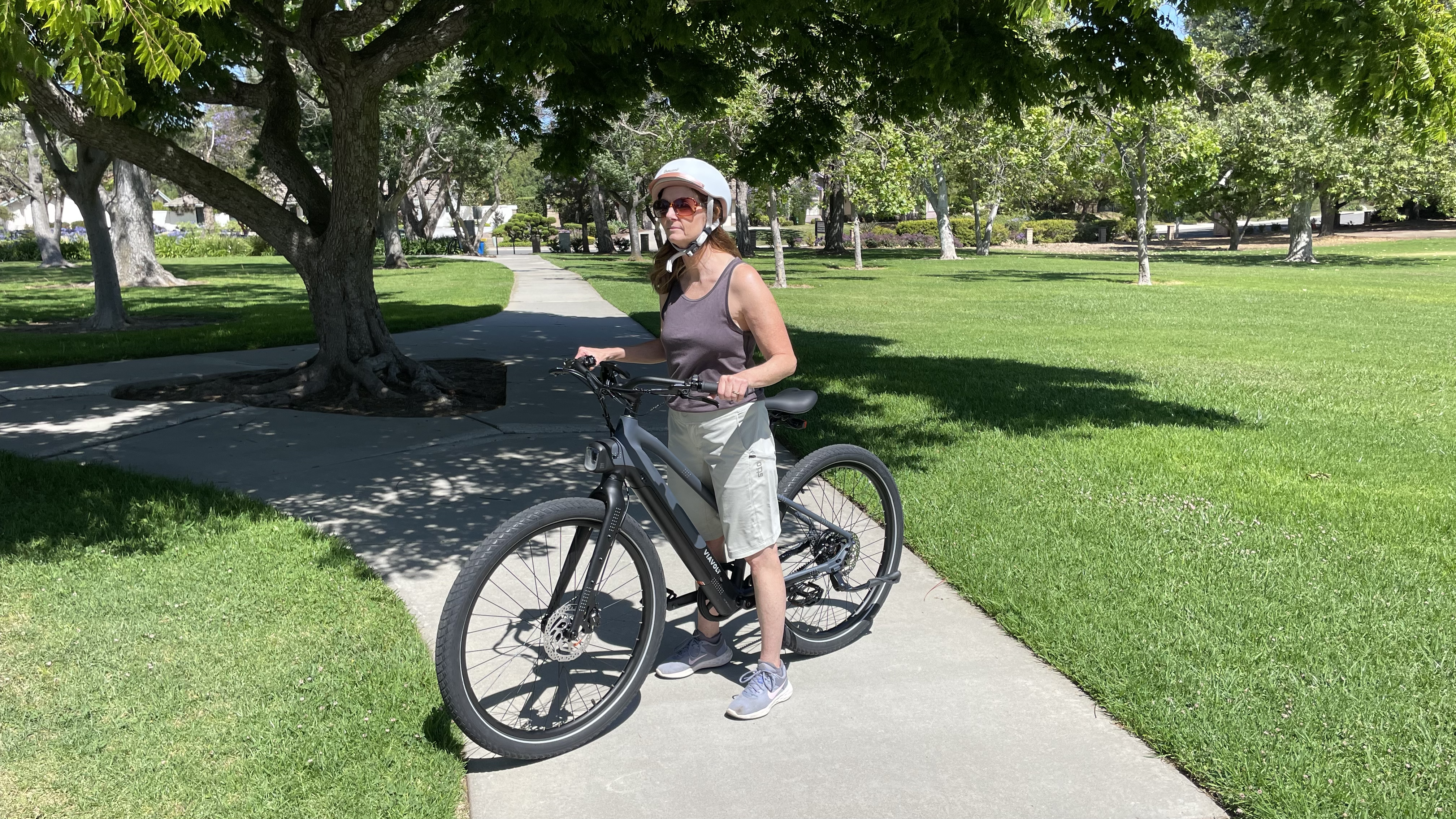
You can have the strongest motor and biggest battery, but if the bike doesn’t fit, you won’t ride it.
- Frame size: Use the brand’s height and measurements charts as a starting point.
- Step-through vs. high-step: Step-through frames are easier for seniors, shorter riders, and anyone who values comfort and accessibility.
- Riding position: Check seat height and handlebar reach. An upright, relaxed posture can help prevent sore wrists and a stiff back.
Test ride if possible, or make sure there’s a solid return policy. Your bike should feel like an extension of you, not something you dread getting onto.
5. Think Beyond the Price Tag
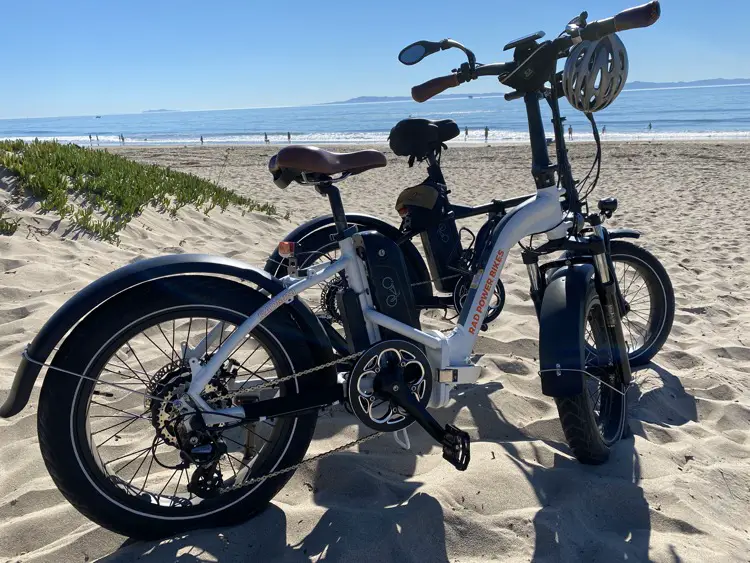
That flashy $699 deal is tempting, but with e-bikes, cutting corners can mean weak brakes, poor support, or short-lived batteries.
- Warranty: How long is it and what does it cover?
- Support: Is customer service easy to reach?
- Parts: Are replacements readily available?
Brands like Lectric, Aventon, and Rad Power have solid reputations and active communities. Pop-up brands may disappear quickly, leaving you without support. Spending a little more up front often saves on upgrades later (like replacing a painful saddle or underpowered brakes).
Final Thoughts
Choosing your first e-bike wisely isn’t about buying the most expensive model — it’s about finding the right one for you. From motor type and battery range to fit and long-term support, each piece matters.
The more you know going in, the better your chances of ending up with a bike you’ll truly love to ride. Take your time, consider your needs, and pick the one that makes you want to get out and ride every day.
